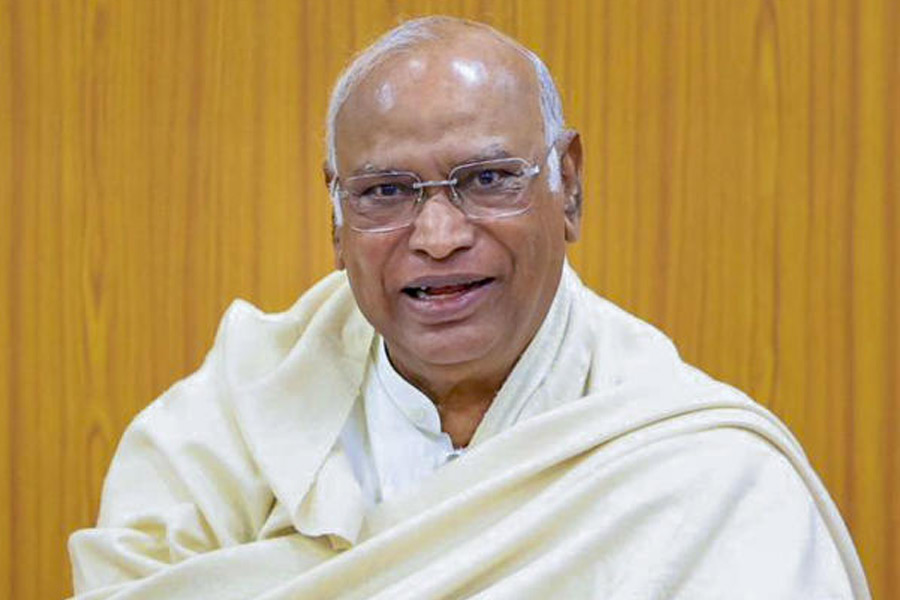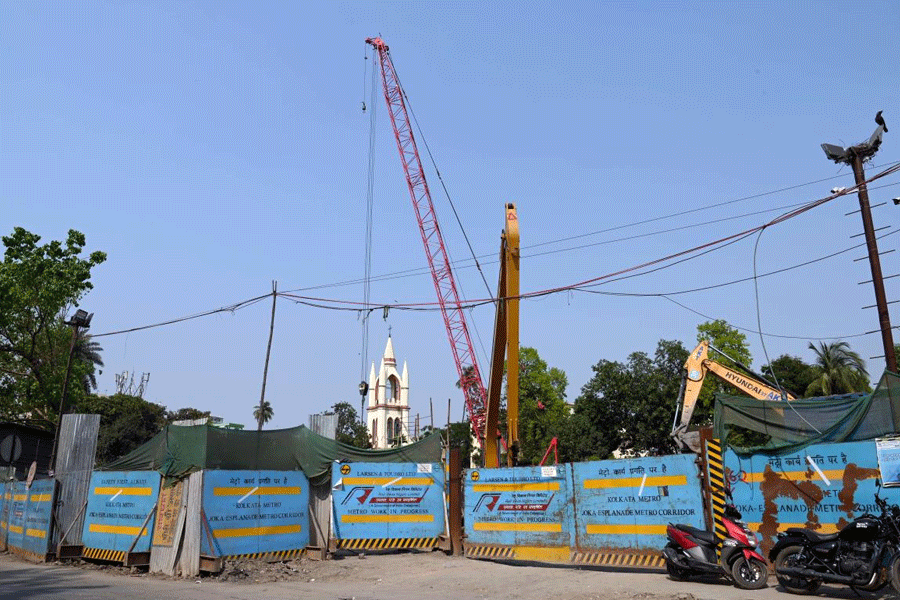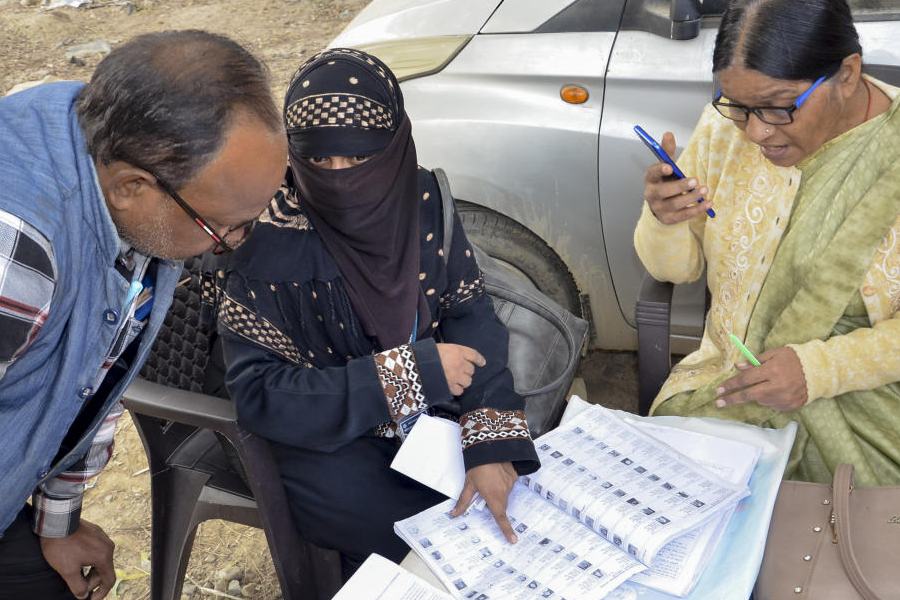Calcutta, Feb. 28 :
Calcutta, Feb. 28:
Any researcher, who has had the bitter experience of trying to tap archives or collections belonging to institutions with even a remotely governmental connection, knows how inaccessible these are. Those who are supposed to look after the collections develop such a proprietorial interest in the material that they jealously guard them from the public gaze.
It was partly to facilitate research work and partly to build up a broad cultural history archive of material relating to 19th and 20th Century Bengal that the Centre for Studies in Social Sciences, Calcutta (CSSSC) began a visual documentation project in 1996. However, this is not original material. It has been either photographed or microfilmed.
Part of this collection, in the form of bromide prints covering a huge variety of genres, including bazaar paintings and prints, works of a selection of contemporary Bengali artists, cover designs, illustrations, posters and early commercial art, samples of Bengali advertisments, cinema pamphlets, logos and signboards, and photographs, is being exhibited in a two-part show. Entitled Visual Worlds of Modern Bengal, it opens on Friday at the Seagull Arts and Media Resource Centre at 36C, S.P. Mukherjee Road. Part I up to March 16 is devoted to paintings and prints. Part II from March 19 to April 3 focuses on photographs.
Tapati Guha Thakurta of CSSC, who has curated the exhibition, says it all began with Bengali periodicals from mid-19th Century, initially from Bangiya Sahitya Parishat and later from the district libraries. Material available on books was inexhaustible. Correspondence was acquired from the families of Jadunath Sarkar and Shibnath Shastri.
Slide documentation was funded for the first three years by the India Foundation for the Arts, Bangalore. Grants for the second phase came from the Japan Foundation, Asia Centre, which funded both microfilming and the photographic archive.
IFA has also funded a second project on Bengali advertising under the supervision of Gautam Bhadra. To preserve it for posterity, colour transparencies have been made and all of the material is being digitalised. Besides, black-and-white negatives have been made of the transparencies, since they have a better chance of survival.
The bulk of the material came not from institutions but from private collections, notably those of R.P. Gupta, Nandalal Kanoria. N.K. Kejriwal and Prakash Kejriwal.
Guha Thakurta says to photograph only 100 Abanindranath paintings, Rabindra Bharati Society made her run around for a year. On the other hand, the Government College of Arts and Crafts, where its collection of students past was photographed, was very cooperative.
In spite of some obvious gaps in the collection, the exhibition provides a fairly complete visual record of the diversity of popular, academic and commercial art as it existed in the period it intends to cover.
It begins with familiar images of Kalighat patas and Bat-Tala woodcuts, and leads on to the products of new print technology such as lithography, chromolithography and oleography that killed the earlier forms of bazaar art. Thereon, to mythological oil paintings where Western techniques were used to depict Hindu deities. Academic drawing was taught for the first time at the Government School of Art which opened in 1854. Periodicals and journals for middle-class consumption emerged around this time. We see these as well illustrations in panjikas.
Raghunath Goswami's calendars represent the most innovative in the new commercial art. Besides the contemporary artists and the early masters, there is an entire section on Atul Bose and Prabodhendunath Tagore, whose contribution has been under-estimated. In keeping with the focus of the exhibition, it ends with the Calcutta Group of the 40s and the mysterious Amina Ahmed Kar.
 Wednesday, 03 December 2025
Wednesday, 03 December 2025









